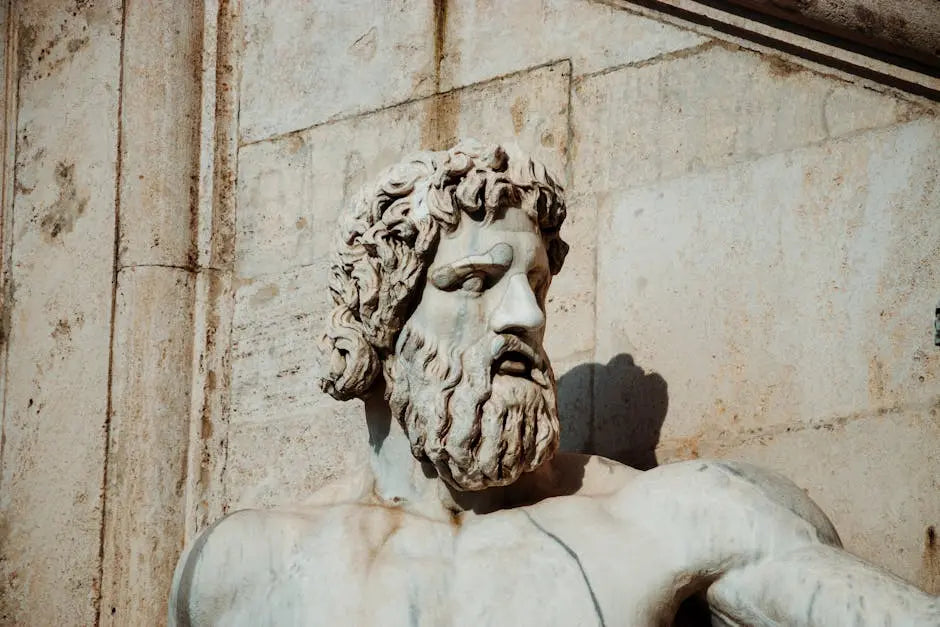My Cart
Your Cart is Currently Empty
FREE SHIPPING ON ALL ORDERS ABOVE $500


Alabaster stone has been captivating artists and creators for centuries. Its translucent beauty and versatile properties make it a unique choice for a variety of creative projects. Whether you’re an experienced artist or just someone with an appreciation for natural beauty, these fascinating facts about alabaster stone are sure to inspire.
Dating back to ancient times, alabaster was highly prized by ancient civilizations such as the Egyptians and Greeks. Its easy carving ability made it a popular choice for sculptures and decorative items.
The Egyptians used alabaster in their tombs and temples, depicting scenes from their mythology and daily life. This stone not only symbolized beauty but was also associated with the divine. Intriguingly, alabaster artifacts have been discovered in the tombs of pharaohs, offering insights into its historical importance. Today, these artifacts can be seen in various museums, showing the grandeur and skill of those times.
Alabaster is known for its translucency and smooth texture, which can be easily shaped and carved. Its unique appearance is attributed to its mineral composition, primarily made of gypsum or calcite.
This unique mineralogical composition gives alabaster its distinctive properties, setting it apart from other stones. Gypsum alabaster is softer and ideal for fine detail work, whereas calcite variants offer more durability. This versatility allows artists to explore a wide range of textures and patterns, making alabaster a beloved material for both classical and modern creatives.
Alabaster comes in a variety of hues, ranging from pure white to soft yellows and pinks. The color variations depend on the impurities present during its formation.
Interestingly, some alabaster stones display intricate vein patterns, which add to their aesthetic appeal. These veins are often the result of mineral deposition processes over millennia. Crafting with these naturally patterned stones brings an additional layer of depth and character to any piece, providing unique challenges and rewards for artists.
Today, alabaster is used in contemporary art and architecture, adding elegance and a touch of the ethereal to interior designs, sculptures, and more.
Modern architects favor alabaster for its light-diffusing properties, which lend an ethereal glow to indoor spaces. It is frequently used in lighting fixtures and translucent paneling, contributing to the calming ambiance of modern spaces. In the hands of contemporary artists, alabaster becomes a medium of expression, transforming ideas into tangible forms that bridge traditional techniques with avant-garde concepts.
To maintain its beauty, alabaster requires careful handling. It’s sensitive to water and chemicals, making it essential to clean it with a soft, dry cloth and avoid exposure to moisture.
Keeping alabaster in pristine condition involves monitoring its environment. Avoid placing it in areas with high humidity or fluctuating temperatures, as these can cause the stone to degrade. Proper care not only preserves the stone’s aesthetic qualities but also its value, ensuring its beauty lasts through the ages. Many enthusiasts find joy in the routine maintenance, as it deepens their connection with the piece.
Alabaster has been a symbol of purity and tranquility for centuries. Its calming and serene appearance is believed to evoke a sense of peace and introspection, making it a favored stone for meditation.
Many cultures have imbued alabaster with spiritual significance, associating it with clarity of mind and purity of spirit. This makes alabaster a popular choice for creating sacred spaces and ritualistic artifacts. Its timeless appeal continues to resonate with those seeking harmony and balance in their surroundings, serving as a tangible link between the material and the spiritual world.
In addition to its use in sculptures and home decor, alabaster is also popular in jewelry and fashion. Its soft hues and gentle sheen create stunning accessories that are both timeless and trendy.
Fashion designers are increasingly incorporating alabaster into their collections, utilizing its subtle color and texture to create pieces that are both elegant and versatile. From statement necklaces to delicate earrings, alabaster jewelry is making a notable appearance on runways, epitomizing natural beauty and understated luxury.
Throughout history, many famous works of art have been crafted from alabaster. These include intricate sculptures and exquisite relief carvings that showcase the stone’s beauty and versatility.
One such exemplary piece is the alabaster windows of medieval cathedrals, which captured the interplay of natural and artificial light. These creations continue to inspire artists and designers today, urging them to explore the dynamic interaction between light, shadow, and stone in their works.
Alabaster is often used in spiritual practices for its soothing and balancing energies. It’s believed to help clear the mind and promote emotional healing, making it a common choice for meditation spaces.
Practitioners of alternative medicine tout alabaster for its reputed healing properties. It is said to facilitate mental clarity and focus, offering support in times of decision-making or change. Those who incorporate alabaster into their healing routines find it a valuable tool for fostering an environment of tranquility and introspection.
Whether you’re a seasoned artist or an amateur enthusiast, alabaster can bring a unique element to your work. Experiment with its textures and translucency to create stunning artworks and decorative pieces.
Consider starting with smaller projects, such as candleholders or jewelry, to familiarize yourself with alabaster’s properties. As your confidence grows, so can your projects, potentially leading to larger, more ambitious creations that fully encapsulate the stone’s aesthetic potential. Our creative community is a hub of inspiration for those looking to delve deeper into the wonders of alabaster artistry.